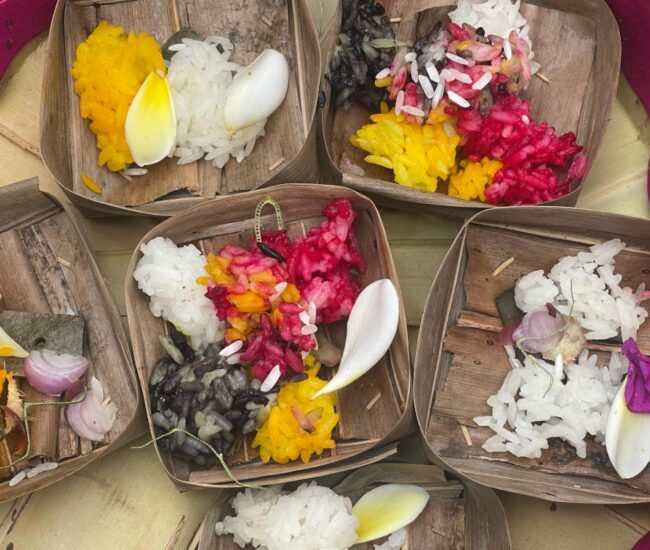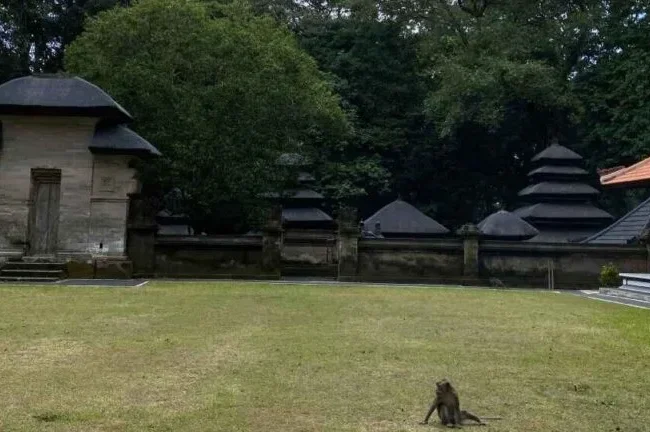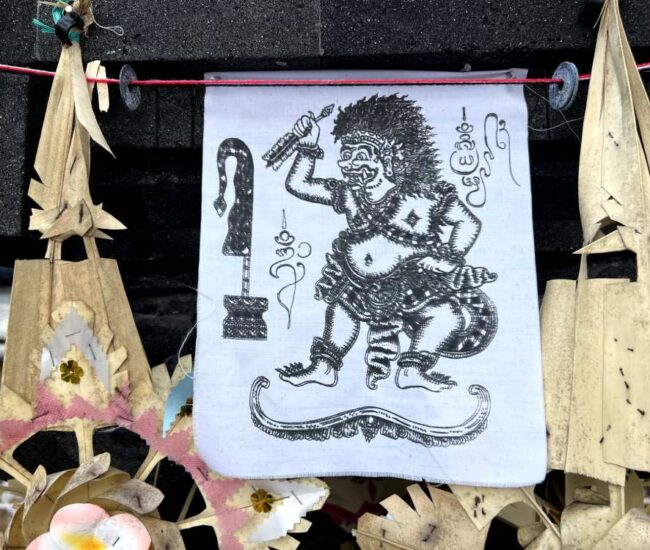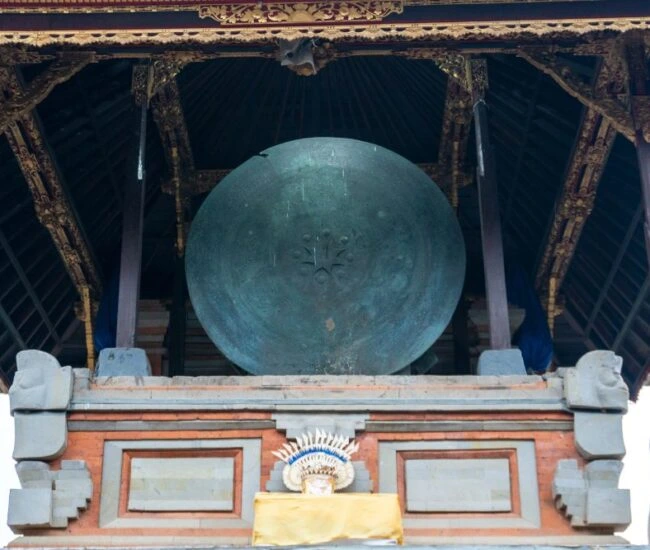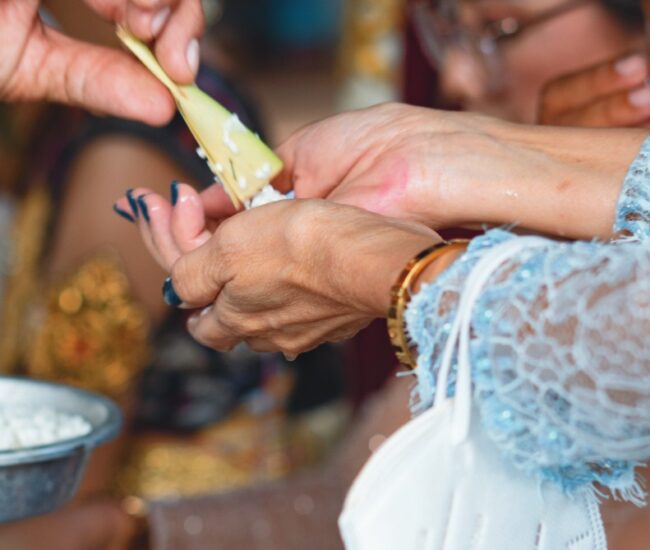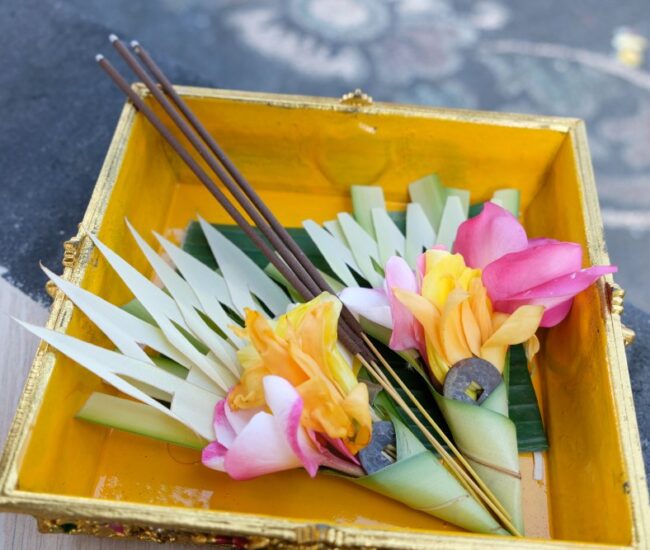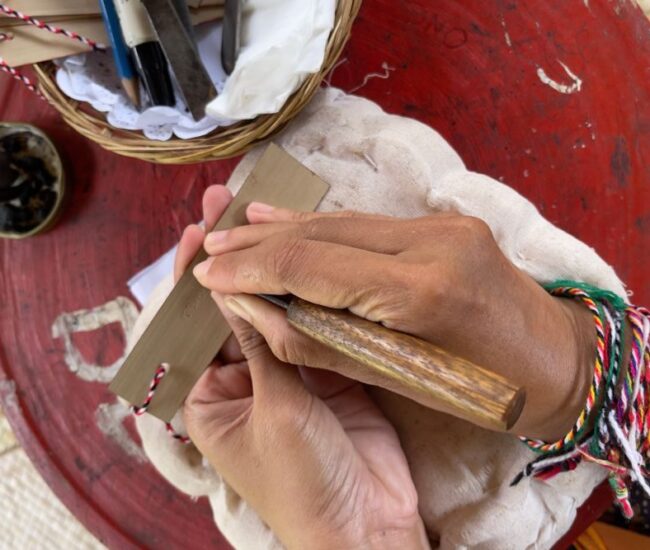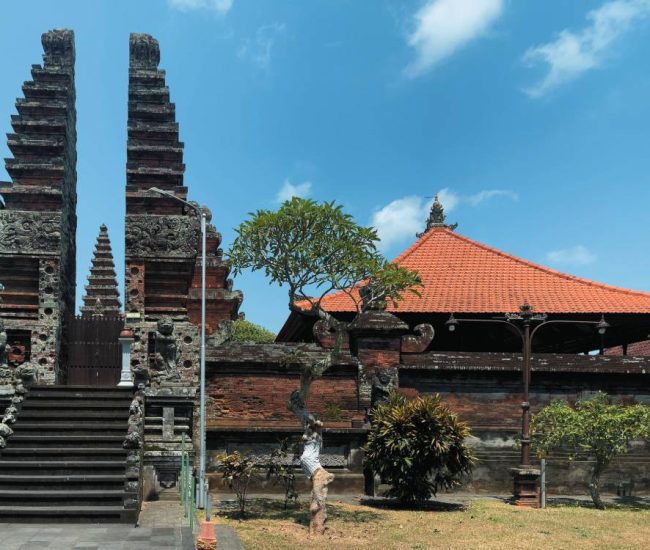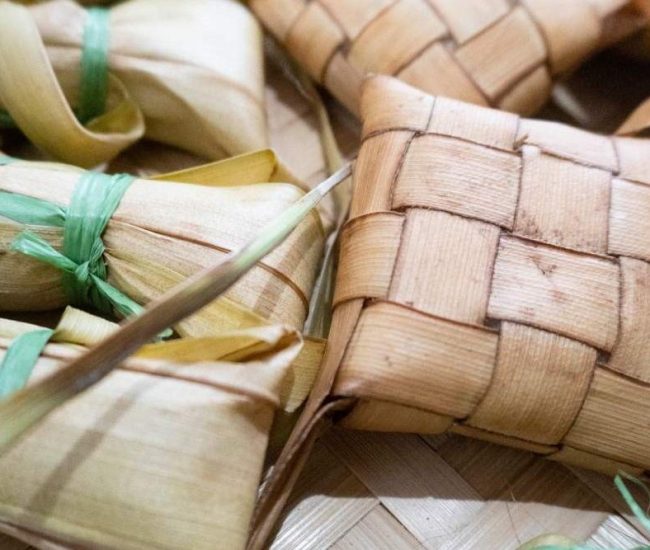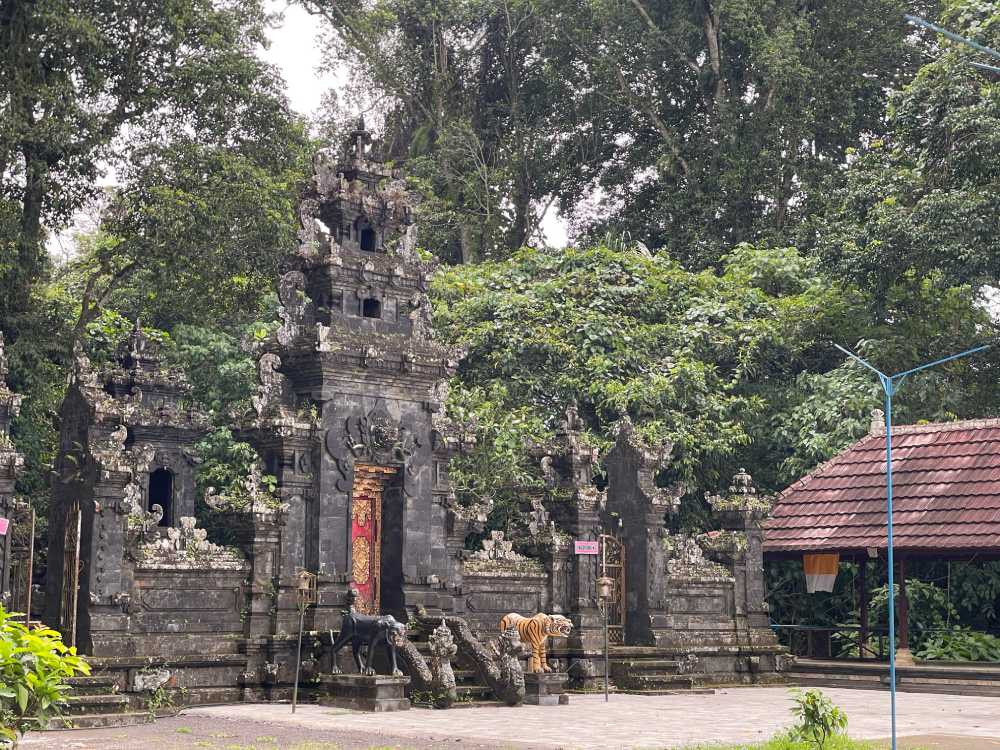
Pura Luhur Mekori and the Battle of the Two Dragons
Naga, or dragon, is a renowned mythical creature and found in lore across the world. It also plays a significant role in many of Bali’s renowned myths and legends—one of which is Naga Besuki in the legends of Pura Besakih. However, there is one temple in Belimbing Village that has its history intertwined with not
Segehan: Offerings for the Bhuta Kala
The Balinese people, most of whom follow the Hindu religion, are never separated from yadnya ceremonies in their daily lives, which occur continuously for various purposes and functions. Each yadnya requires a specific banten or offering, and one of the simplest and smallest offerings—contrary to the misconception that Balinese ceremonies involve excessive use of materials—is segehan, which
Pura Alas Kedaton: The Temple Without Incense
Dupa or incense, is ubiquitous across the island, found wafting in every temple in Bali. That is, except for one. This is Pura Dalem Kahyangan Kedaton, also known as Pura Alas Kedaton, founded in the depths of a monkey-populated forest. According to an inscription in Sading Village, Mengwi, Badung Regency, the temple was built by
Ulap-Ulap: The Protector of Balinese Buildings
Found hanging at the front of almost every Balinese building is a rerajahan (a form of religious art) known as an ulap-ulap. These ink drawings on white cloth serve to ward off misfortune from Balinese buildings. Ulap-ulap derives from the word ‘ulap’, meaning to wave or beckon. This refers to calling a particular positive force from
Pura Penataran Sasih and The Moon of Pejeng
Found along the roadside in the village of Pejeng is said to be one of the oldest temples in Bali. It is home to a relic from the Bronze Age, a bronze drum, believed to have illuminated the village of Pejeng in ancient times. This is Pura Penataran Sasih, which was founded in 1266 AD
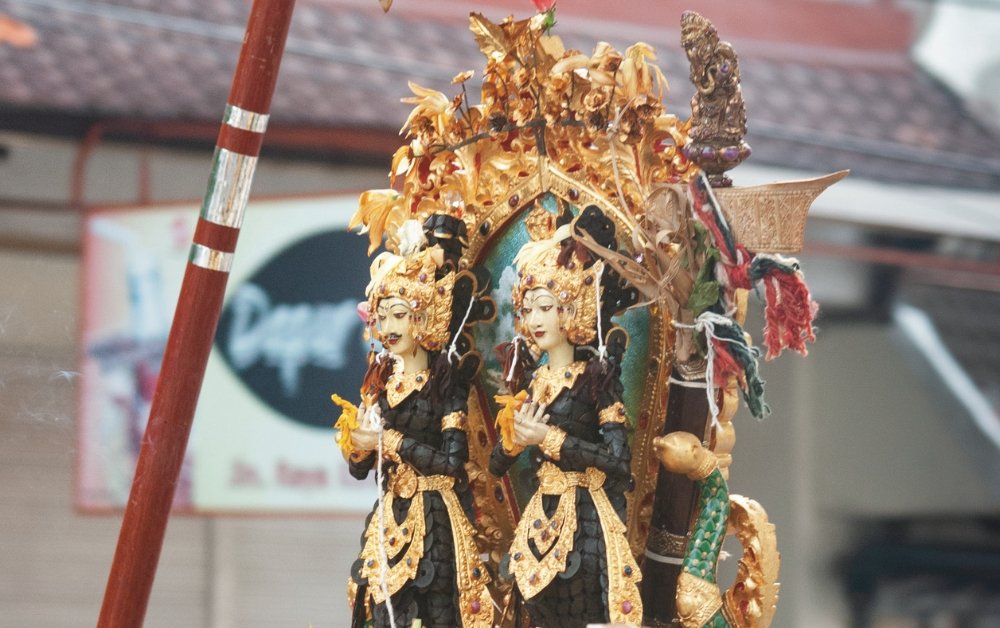
Pratima and Pralingga: Effigies of the Gods
Every year, the island of Bali comes alive with a profound and deeply spiritual tradition known as melasti. It is a ritual of purification, during which worshippers travel to the beach in procession. Carried upon their heads are special objects, often wrapped in sacred textiles. These are the pratima and pralingga, effigies symbolising gods and
Bija: Blessed Grains of Rice
Upon leaving the temple, grains of rice are often seen stuck to the forehead and necks of worshippers, both on women and men. This particular rice is called bija, and signifies being in a state of holiness. During worship ceremonies, Balinese Hindus not only receive tirta (holy water, referred to as nunas tirta), but also bija (referred
Kwangen: Bali’s Fragrant Offering
Balinese people are known for their meticulous attention to detail in their worship practices. There is a ceremony for so many aspects of life in Bali, and each ceremony will have very specific requirements. This is particularly true when it comes to certain rites and offerings, all must be executed with precision, all items present!
The Art of Writing on Lontar
Long before paper was considered a common writing medium, the ancient Balinese had a rather unique way to preserve their knowledge. They wrote on palm-leaf manuscripts, known locally as lontar. Nowadays, however, this unique form of writing has faced erosion. This is where Museum Pustaka Lontar (‘Lontar Library Museum’) emerges as a guardian, storing and
The Secret Curse of Kapal: Bali’s Brickless Village
Located in Mengwi, Badung Regency, is the idyllic village of Kapal. Here, unlike the typical Balinese structures using red bricks and teakwood, buildings in Kapal embrace a different aesthetic. There are no signs of the typical Balinese style here, and it’s all connected to the ominous myths surrounding these materials. The prohibition against using red
Tipat and Bantal: Symbols of the Feminine and Masculine
Tipat and bantal are two elements that hold profound symbolic meaning within the context of Balinese Hindu beliefs and culture. If you are familiar with the unique ceremonies of Aci Tabuh Rah Pengangon (or Siat Tipat Bantal) and Mejauman (or Mepamit), you will know that these ceremonies all share a common trait: the inclusion of tipat and bantal. These

